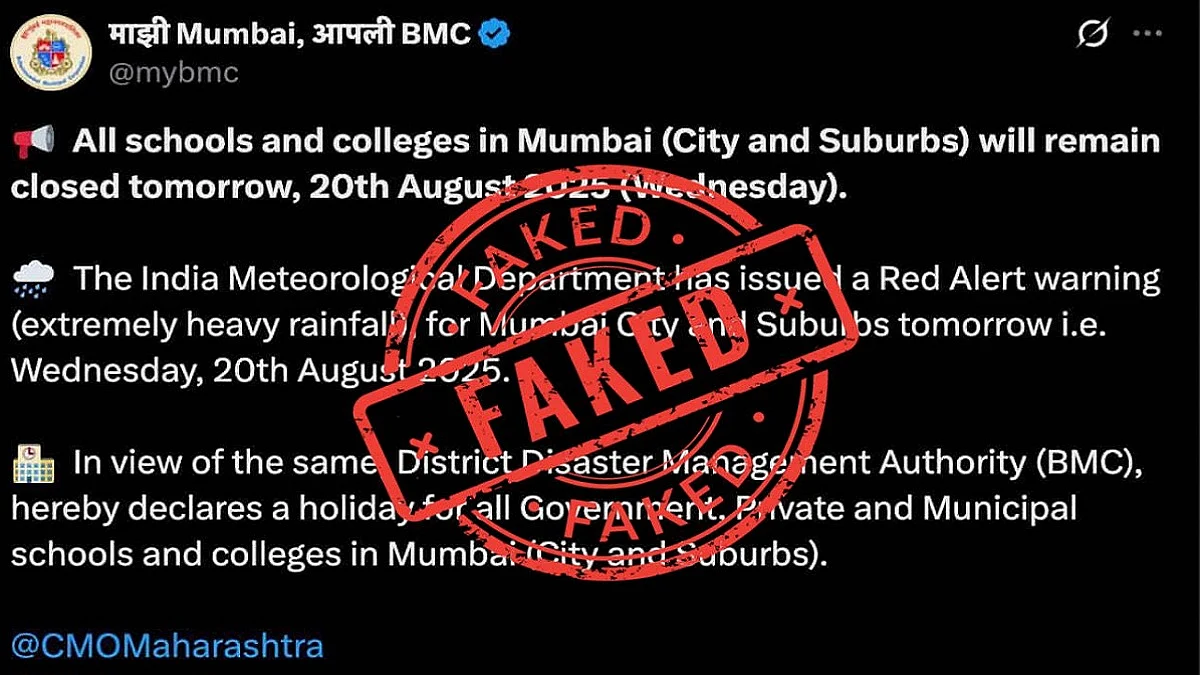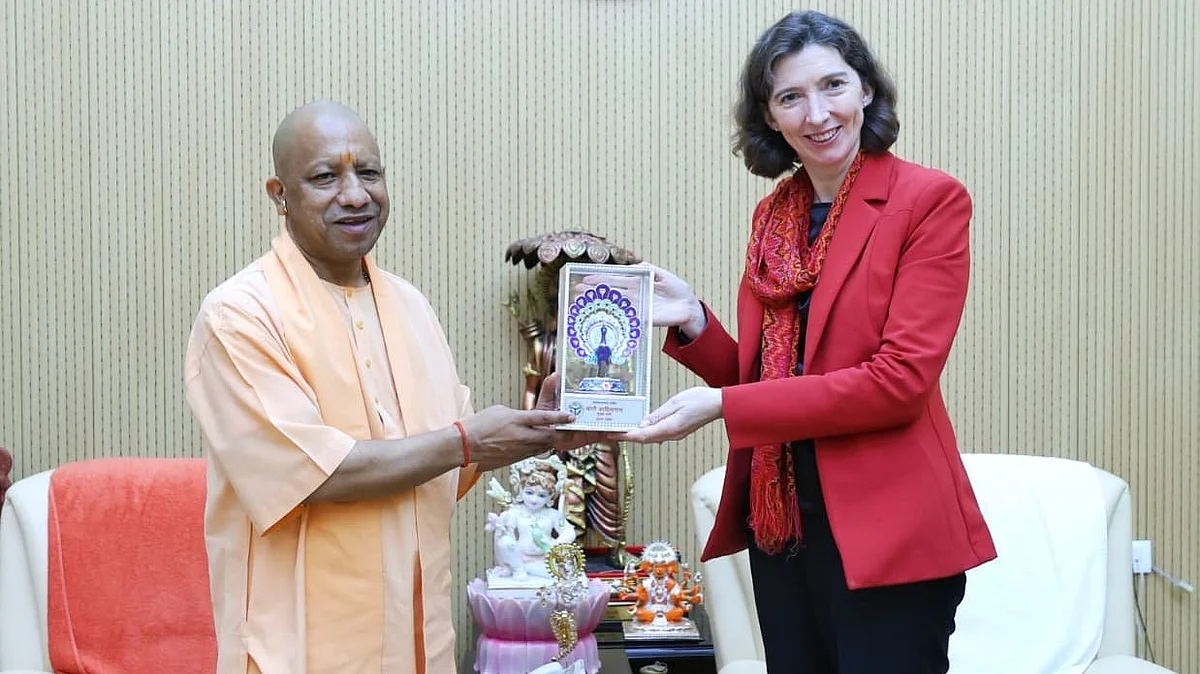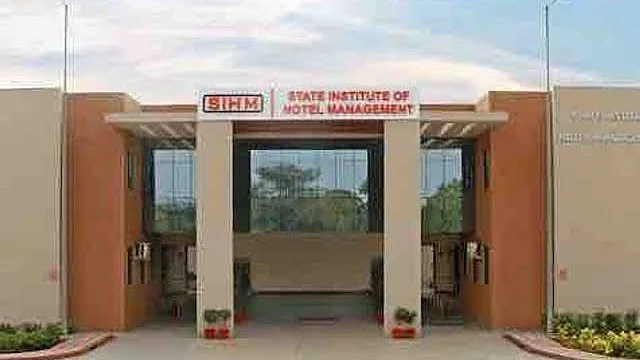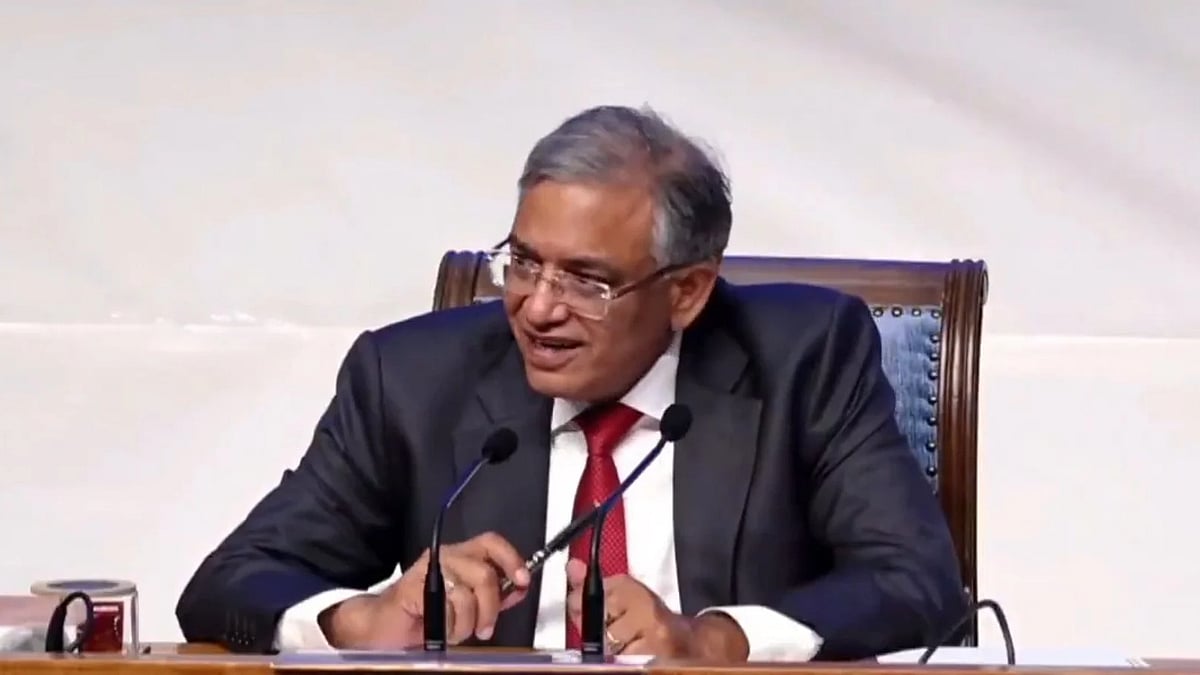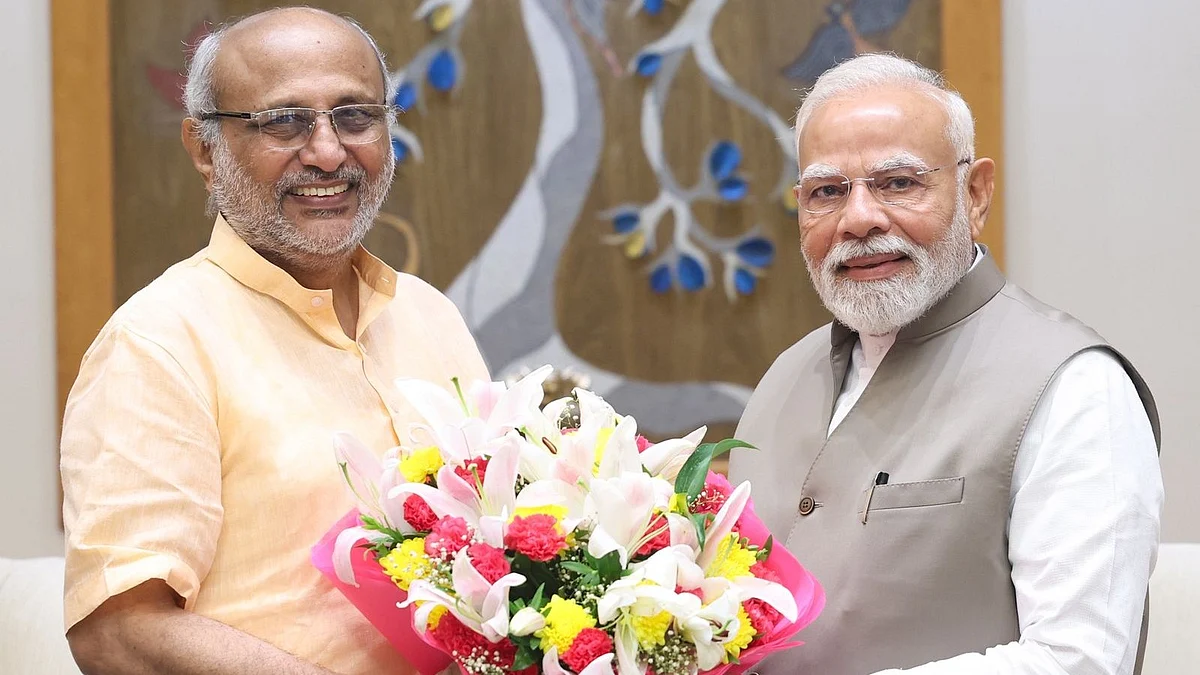When Nitin Gadkari earned the title “Highwayman of India”, it wasn’t just for his passion for roads. It was for a track record that was measurable, transformative, and sustained. Under his stewardship, India’s national highway network expanded from roughly 96,000km in 2014 to over 146,000km by 2024 at unprecedented speed.
Travel times dropped, connectivity improved, and logistical costs, once hovering around 16% of GDP, have fallen to about 10%, with an ambitious target of 9% by 2026. His formula was consistent: a clear vision, steady funding, technological innovation, and relentless execution. In 2017, as Union Minister for Shipping, Gadkari turned his sights to Mumbai’s eastern waterfront, unveiling a redevelopment plan unlike anything the city had seen before.
The proposal was bold: 966 hectares of prime coastline, from Colaba to Wadala, set aside to become a public asset as iconic as Marine Drive. At its heart was a 7km promenade, framed by cultural and tourism infrastructure, landmark architecture, marinas, water transport, and open gardens. It was the kind of project that promised to recast Mumbai’s global image, from overbuilt and space-starved to open, connected, and futurefacing. Eight years later, that vision is faltering.
The Mumbai Port Authority’s (MbPA) recent move to lease 215 acres for up to 30 years, primarily for warehousing and industrial use, may generate over Rs800 crore annually, but it sidelines the original citizen-first blueprint. In a city already gasping for open space, promenades have been pared back and gardens erased from the plan. The pivot feels like a retreat, echoing the fate of other unrealised urban dreams, from Charles Correa’s unbuilt mill-land vision, to PG Patankar’s underground railway, and further back to Patrick Geddes’s proposal for a monumental Bandra Gateway and Civic Centre.
This matters because Mumbai is already falling behind global harbour cities. Singapore’s Marina Bay combines finance with green lungs like Gardens by the Bay. Sydney’s harbour integrates its Opera House, Bridge, ferries, and parks into a civic identity shared by residents and tourists alike. Even Dubai’s Palm Jumeirah and Shanghai’s Bund, though commercialised, preserve promenades and public recreation as part of their appeal. None of these cities leased away prime waterfront land wholesale; they invested in integrated plans that amplified public value, turning coastlines into engines of inclusive growth.
Gadkari’s highway record proves what can happen when vision is matched with political will and long-range commitment. The eastern waterfront could still be that kind of legacy; an urban front door that signals Mumbai’s readiness to stand among the world’s great harbour cities. The Highwayman’s achievements should not stop at the shoreline; they must extend to shape a waterfront that reflects Mumbai’s truest self: resilient, diverse, and forward-looking.
Ankieta Kothari is a promoter at Pantheion Real Estate, driving forward a vision of sophisticated, sustainable and user centric urban development

